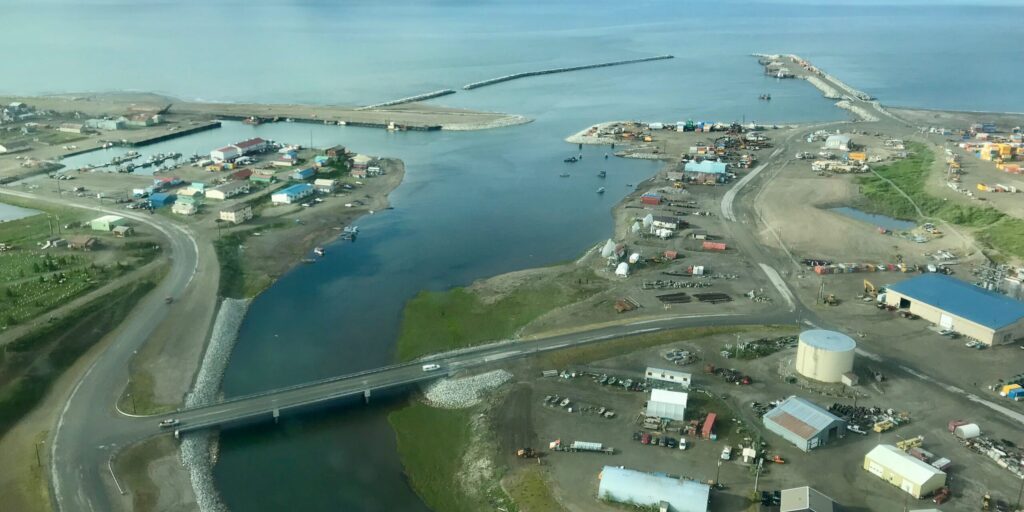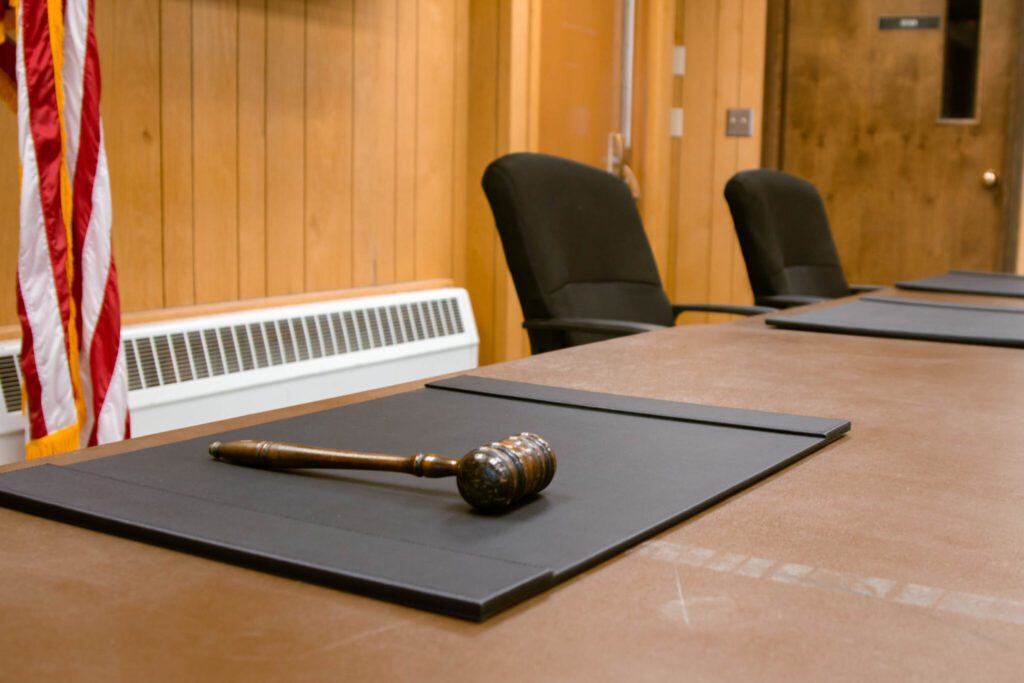A final feasibility study for a proposed deep-draft port in Nome is still at least six months away.
That’s according to the U.S. Army Corps of Engineers (USACE). The Corps met with the Nome City Council and Port and Planning commissions last Thursday, July 19, to report on the progress of its deep-draft port study.
Bruce Sexauer is chief of Army Corps Civil Works for the Alaska Branch.
“We’re pushing hard with that study and given that we started in February, we’re about four or five months into that.”
Sexauer says there are currently four alternatives under consideration for the final report. The deadline to select a tentative plan is November 2018.
The study lays out the Corps’ objectives, including reducing ship draft limitations to encourage increased fuel transport; protecting access to natural resources for subsistence purposes; and allowing for sufficient development of upland facilities.
The port also needs to support multiple maritime missions like cargo transportation, search and rescue, emergency and oil-spill response, and natural resource exploration.
One of the planning obstacles is dredging. A lot of materials and sediment would be brought up during construction, and there’s no clear place to put them. Port Commissioner Charlie Lean says he’s concerned about the environmental impact of poorly placed materials:
“It takes six years for the bottom to re-cover in bio-mass and diversity.”
In addition to planning for the physical construction, there’s the question of who’s going to pay for it. Sexauer, with the Corps, explains:
“Depending on the depth of the project, the federal government provides certain amounts towards the dredging. In that 20–40 range, we’re providing about 65 percent of the cost of that dredging, and the rest comes from the non-federal sponsor and whatever financing package you all put together for that.”
The Corps of Engineers would be responsible for funding breakwaters and dredging. Future building projects like causeways and commercial docks would be funded by non-federal sponsors.
No final decisions have been made at this time while the study continues to examine economic, environmental and hydrological data. The feasibility study is expected to be ready for public comment by early 2019.
Image at top: The Port of Nome at the mouth of the Snake River, June 2018 (Photo: Gabe Colombo, KNOM)







